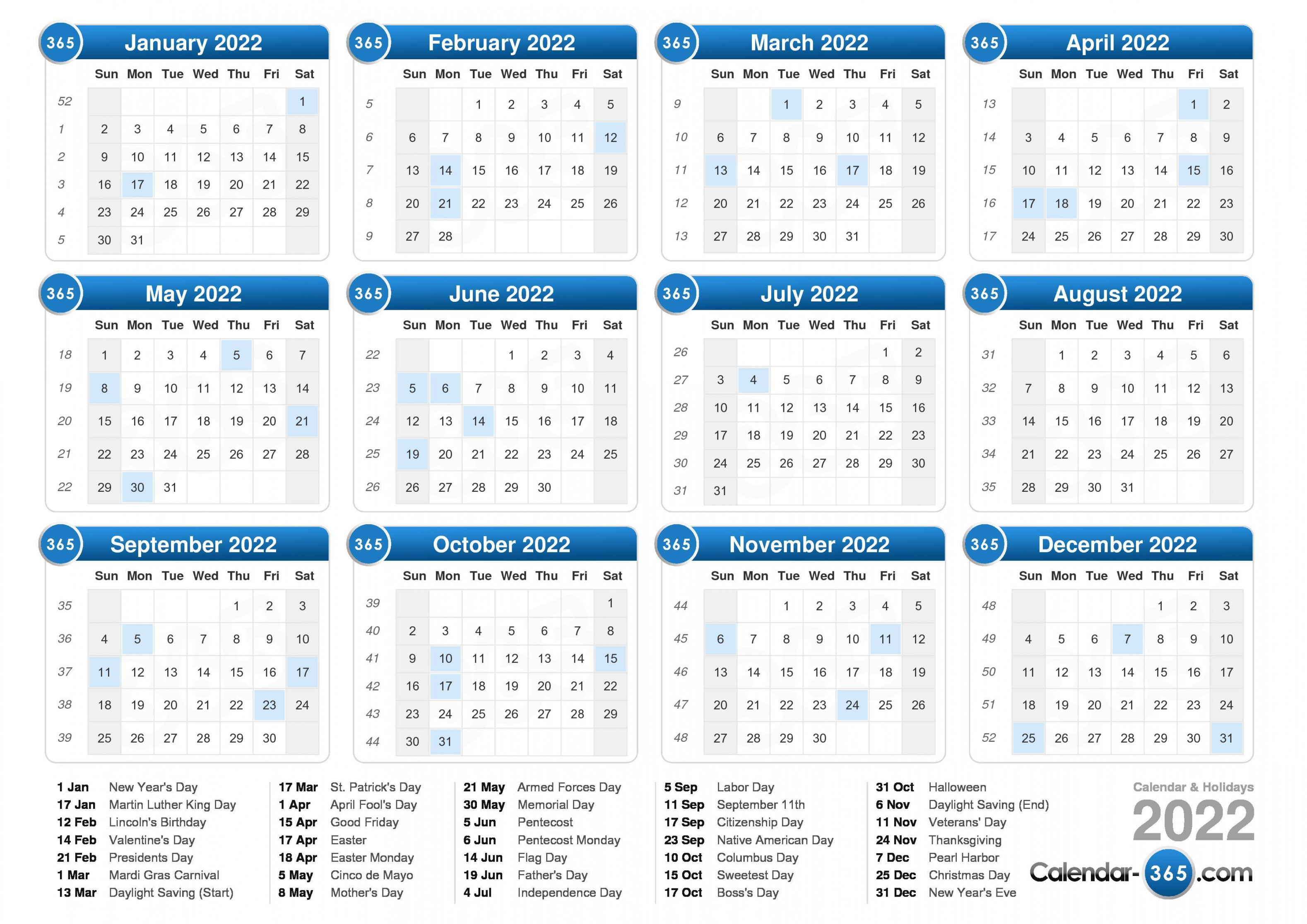OFCCP Week In Review: October 2023 #3
Unfair Labor Practices Charges Increased Over 10 Percent

Union Petitions Up 3 Percent
In Fiscal Year (“FY”) 2023, 22,448 cases were filed with the U.S. National Labor Relations Board (“NLRB’), which marked an increase of 10 percent over FY 2022, the NLRB reported. This number was the highest of cases filed since FY 2016, the Board noted.

The Board did not note, however, that the U.S. non-farm labor market in the United States had grown 16% since January 1, 2016 (i.e., at a substantially higher percentage rate than the growth of NLRB cases).
The number of unfair labor practice (“ULP”) charges filed in FY 2023 increased 10 percent – from 17,988 charges in FY 2022 to 19,854 charges in FY 2023, continuing the increase (19 percent) from FY 2021 to FY 2022. In FY 2023, 2,594 union representation petitions were filed, which marked a 3 percent increase over FY 2022. “This uptick in filings builds on last fiscal year’s dramatic surge in representation-related activity and represents the highest number filed since FY 2015,” the Board pointed out. Specifically, in FY 2022, 2,510 union representation petitions were filed – a 53 percent increase from the 1,638 petitions filed in FY 2021.

However, the U.S. Department of Labor Bureau of Labor Statistics reported in January 2023 in USDL Report 23-0071 a downturn in the percentage of union employees in the 2022 U.S. workforce:
“The number of wage and salary workers belonging to unions, at 14.3 million in 2022, increased by 273,000, or 1.9 percent, from 2021. However, the total number of wage and salary workers grew by 5.3 million (mostly among nonunion workers), or 3.9 percent. This disproportionately large increase in the number of total wage and salary employment compared with the increase in the number of union members led to a decrease in the union membership rate. The 2022 unionization rate (10.1 percent) is the lowest on record. In 1983, the first year where comparable union data are available, the union membership rate was 20.1 percent and there were 17.7 million union workers.”

Employer Election Petitions Increased Following Cemex Ruling
As we reported in August, the Board majority’s recent ruling in Cemex Construction Materials Pacific, LLC announced a new framework to determine when employers must bargain with unions without a representation election. The Cemex ruling not only revived the Joy Silk doctrine, which had allowed unions to bypass an official NLRB election with only a card-check count serving instead as a “vote,” but went beyond Joy Silk by further removing one option for an employer to seek an election that Joy Silk had allowed. After the Board released the Cemex decision, employers filed 28 RM petitions (petitions for an election) with the agency’s field offices after being asked to voluntarily recognize employees’ unions. Under the Cemex framework, when a union requests recognition on the basis that a majority of employees in an appropriate bargaining unit have designated the union as their representative, an employer must either recognize and bargain with the union or promptly file an RM petition, the NLRB explained.
Budget Concerns Continue
Noting that this increase in activity in its field offices resulted in a corresponding increase in workload for the adjudicative side of the agency, the Board again bemoaned its budget woes. (See our related story from last November here.) The NLRB reported that it issued 246 decisions in contested cases during FY 2023, including more than a dozen significant precedent-setting cases, an uptick from 243 decisions in FY 2022.
The Board’s increased productivity also slightly lowered the median age of cases pending before it – from 108 days in FY 2022 to 106 days in FY 2023. Yet, similar to FY 2022, a significant jump in case intake overtook the NLRB’s case processing numbers. In FY 2023, the Board received 321 ULP and representation cases, up from 308 cases in FY 2022, driven by a 10 percent rise in representation cases brought before it. Consequently, even though the agency’s staffing levels remained static, it processed more cases than last fiscal year. The rise in case intake left 191 pending before the Board at the end of FY 2023, an increase from 145 in FY 2022.
In December 2022, Congress gave the NLRB a $25 million increase in budget dollars for FY 2023, ending a hiring moratorium, preventing furloughs, and allowing the NLRB to backfill some critical staff vacancies. However, the agency says it remains understaffed after almost a decade of flat funding. In the past two decades, staffing in field offices has shrunk by 50 percent. In its statement reporting the FY 2023 statistics, the Board advocated for President Biden’s proposed FY 2024 budget increase of $376 million. Its FY 2023 allocation was $299,224,000. (See our story on the President’s FY 2024 budget proposal here.)

